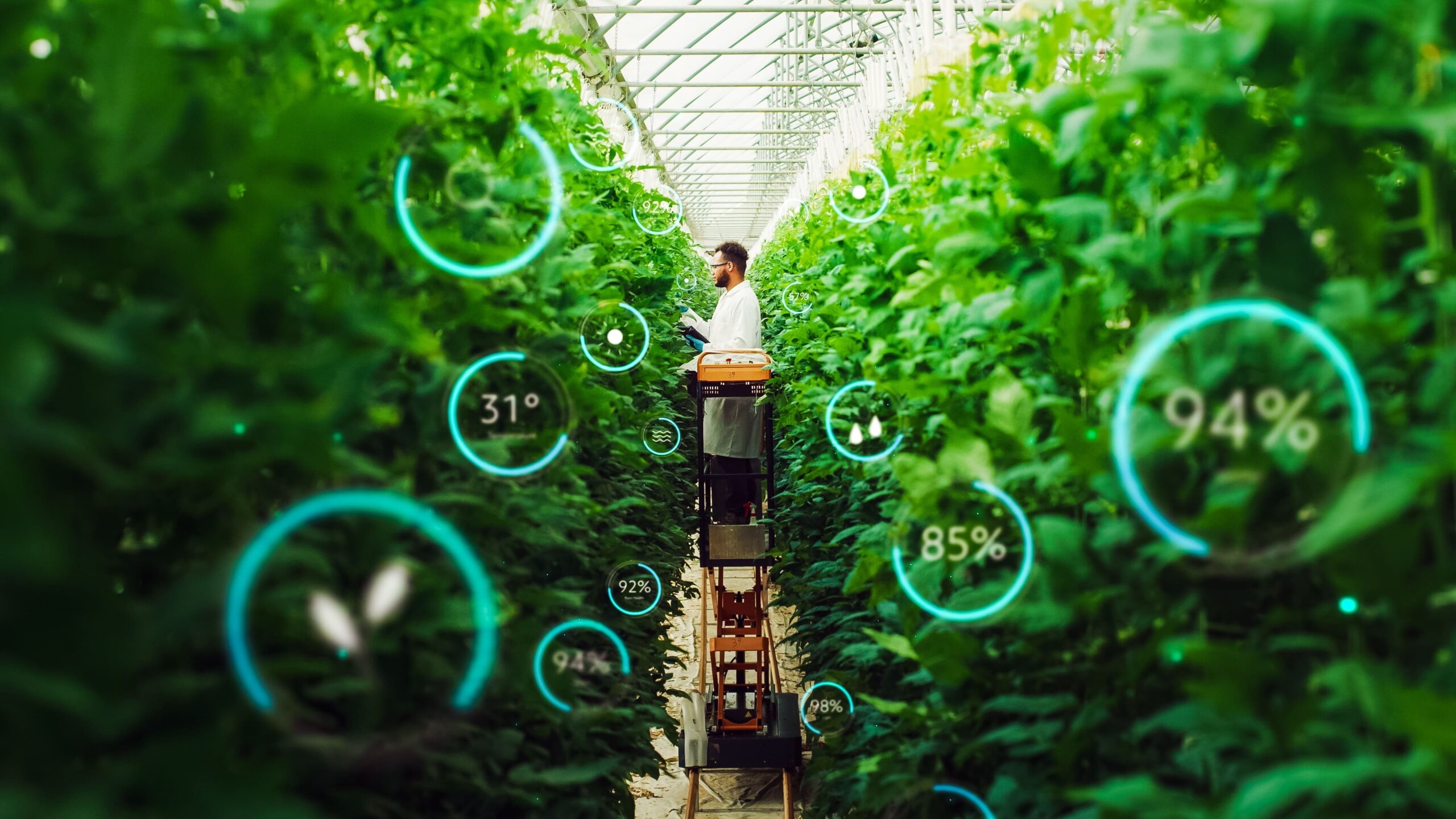In an age where technology continues to reshape industries, agriculture is no exception. The Internet of Things (IoT) has ushered in a new era of smart farming, where data-driven decision-making and automation play pivotal roles in maximizing yields, conserving resources, and ensuring sustainable practices. In this blog, we’ll explore the remarkable ways in which IoT devices are revolutionizing agriculture.
- Precision Agriculture: Cultivating Efficiency
IoT devices in agriculture are the cornerstone of precision farming. They enable farmers to monitor and manage their fields with unprecedented precision:
- Soil Sensors: IoT-equipped sensors can measure soil moisture, pH levels, and nutrient content. This data helps farmers determine the optimal time for planting, irrigation, and fertilization.
- Weather Stations: Weather data collected through IoT devices provides real-time information on temperature, humidity, wind speed, and rainfall. This enables farmers to make informed decisions about crop protection and irrigation.
- Crop Monitoring: Drones and ground-based sensors equipped with IoT technology can monitor crop health by analyzing factors like leaf color and size. Early detection of issues allows for targeted interventions.
- Efficient Resource Management: Saving Water and Energy
Water and energy are precious resources in agriculture, and IoT devices help optimize their usage:
- Smart Irrigation: IoT-based irrigation systems can adjust water flow based on real-time weather data and soil conditions. This prevents overwatering and conserves water resources.
- Energy Efficiency: IoT devices can control and monitor energy-intensive processes like heating, cooling, and ventilation in greenhouses and livestock facilities. This results in significant energy savings.
- Livestock Management: Healthy Herds, Happy Farmers
IoT devices also benefit livestock farming by promoting animal health and reducing labor:
- Animal Health Monitoring: Sensors can track vital signs and behavior patterns of livestock. This allows farmers to detect health issues early and provide timely care.
- GPS Tracking: IoT-enabled GPS collars for cattle or other livestock help farmers monitor their animals’ locations and prevent theft or straying.
- Supply Chain Optimization: From Farm to Fork
IoT devices provide end-to-end visibility in the supply chain, ensuring that agricultural products reach consumers efficiently and safely:
- Cold Chain Monitoring: Temperature and humidity sensors in refrigerated trucks and storage facilities ensure that perishable goods remain fresh during transportation.
- Traceability: IoT-enabled tracking systems provide consumers with information about the origin and quality of the products they purchase, promoting transparency and food safety.
- Pest and Disease Management: Timely Interventions
IoT devices play a critical role in identifying and managing pests and diseases:
- Smart Traps: IoT-powered traps equipped with sensors can detect specific pests and transmit data to farmers. This allows for targeted pest control measures.
- Early Warning Systems: IoT devices can analyze environmental conditions and provide alerts when conditions are conducive to the spread of diseases. This helps farmers take preventive actions.
Benefits Abound
The adoption of IoT devices in agriculture offers numerous benefits:
- Increased Yields: Precision agriculture techniques optimize resource usage, leading to higher crop yields.
- Resource Conservation: Efficient resource management reduces water and energy consumption, benefiting the environment and lowering costs.
- Improved Livestock Welfare: IoT helps ensure the well-being of farm animals, leading to healthier livestock and higher-quality products.
- Reduced Waste: Supply chain optimization reduces food waste, benefiting both farmers and consumers.
Conclusion: Cultivating a Sustainable Future
The application of IoT devices in agriculture is transforming farming practices, making them more efficient, sustainable, and resilient. As technology continues to advance, the potential for IoT to further revolutionize the agricultural industry is boundless. By harnessing the power of data and automation, farmers can cultivate success while safeguarding our planet’s resources for future generations. The future of agriculture is smart, sustainable, and full of promise, thanks to the Internet of Things.
